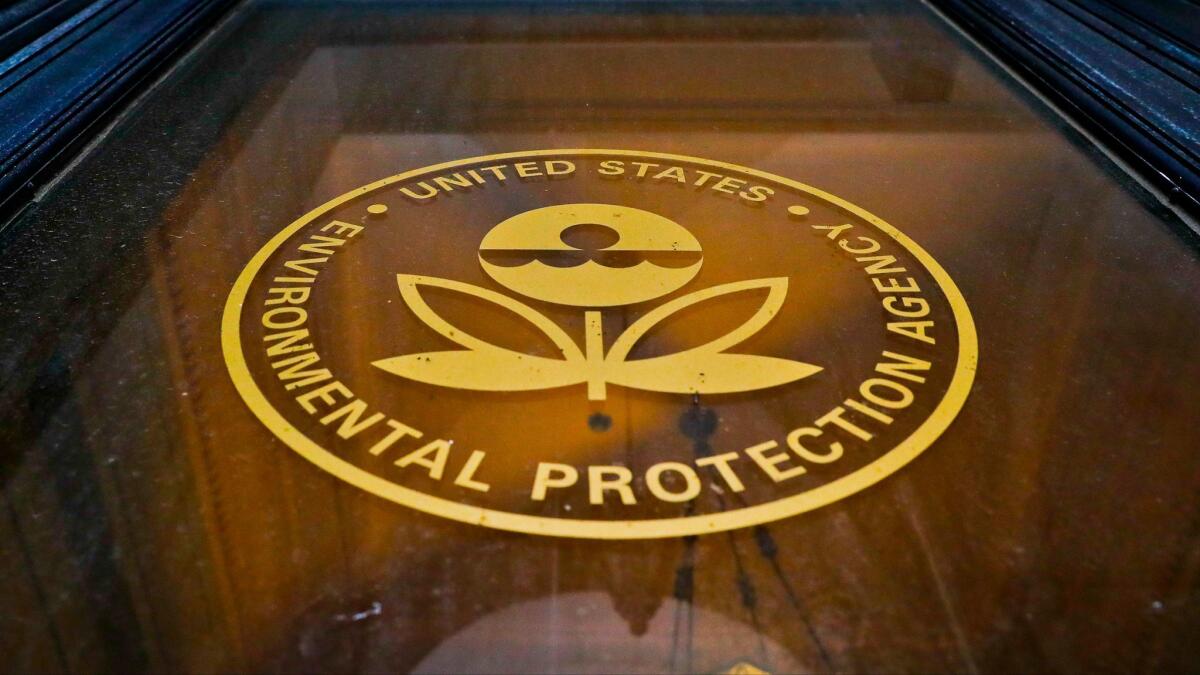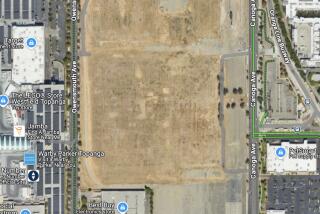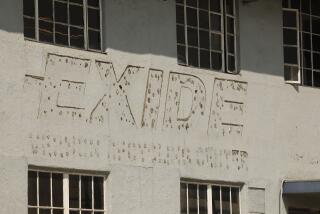EPA removes waste at Texas toxic sites but won’t say from where

The Environmental Protection Agency says it has recovered 517 containers of “unidentified, potentially hazardous material” from highly contaminated toxic waste sites in Texas that flooded last month during Hurricane Harvey.
The agency has not provided details about which Superfund sites the material came from, why the contaminants at issue have not been identified and whether there’s a threat to human health.
The one-sentence disclosure about the 517 containers was made Friday deep within a media release from the Federal Emergency Management Agency summarizing the government’s response to the devastating storm.
At least a dozen Superfund sites in and around Houston were flooded in the days after Harvey’s record-shattering rains stopped. Associated Press journalists surveyed seven of the flooded sites by boat, vehicle and on foot. The EPA said at the time that its personnel had been unable to reach the sites, though they surveyed the locations using aerial photos.
The Associated Press reported Monday that a government hotline also received calls about three spills at the U.S. Oil Recovery Superfund site, a former petroleum waste processing plant outside Houston contaminated with a dangerous brew of cancer-causing chemicals. Records obtained by the AP showed workers at the site reported spills of unknown materials in unknown amounts.
Local pollution control officials photographed three large tanks that store potentially hazardous waste completely underwater Aug. 29. The EPA later said there was no evidence that nearby Vince Bayou had been affected.
PRP Group, the company formed to clean up the U.S. Oil Recovery site, said it does not know how much material leaked from the tanks, soaked into the soil or flowed into the bayou. As part of the post-storm cleanup, workers have vacuumed 63 truckloads of potentially contaminated stormwater, totaling about 315,000 gallons.
It was not immediately clear whether those truckloads accounted for any of the 517 containers cited in the FEMA media release. The EPA has not responded to questions from the AP about activities at U.S. Oil Recovery for more than a week.
About a dozen miles east, the San Jacinto River Waste Pits Superfund site is on and around a low-lying island that was the site of a paper mill in the 1960s, leaving behind dangerous levels of dioxins and other long-lasting toxins linked to birth defects and cancer. The site was completely covered with floodwaters when the AP surveyed it Sept. 1.
To prevent contaminated soil and sediments from being washed down river, about 16 acres of the site was covered in 2011 with an “armored cap” of fabric and rock. The cap was reportedly designed to last for up to 100 years, but it has required extensive repairs at least six times in recent years, with large sections becoming displaced or having been washed away.
The EPA has not responded to repeated inquiries in the last two weeks about whether its assessment has determined whether the cap was similarly damaged during Harvey.
The companies responsible for cleaning up the site, Waste Management and International Paper, have said there were “a small number of areas where the current layer of armored cap is thinner than required.”
“There was no evidence of a release from any of these areas,” the companies said, adding that sediments there were sampled last week.
The EPA has not yet released those test results to the public.
More to Read
Sign up for Essential California
The most important California stories and recommendations in your inbox every morning.
You may occasionally receive promotional content from the Los Angeles Times.










